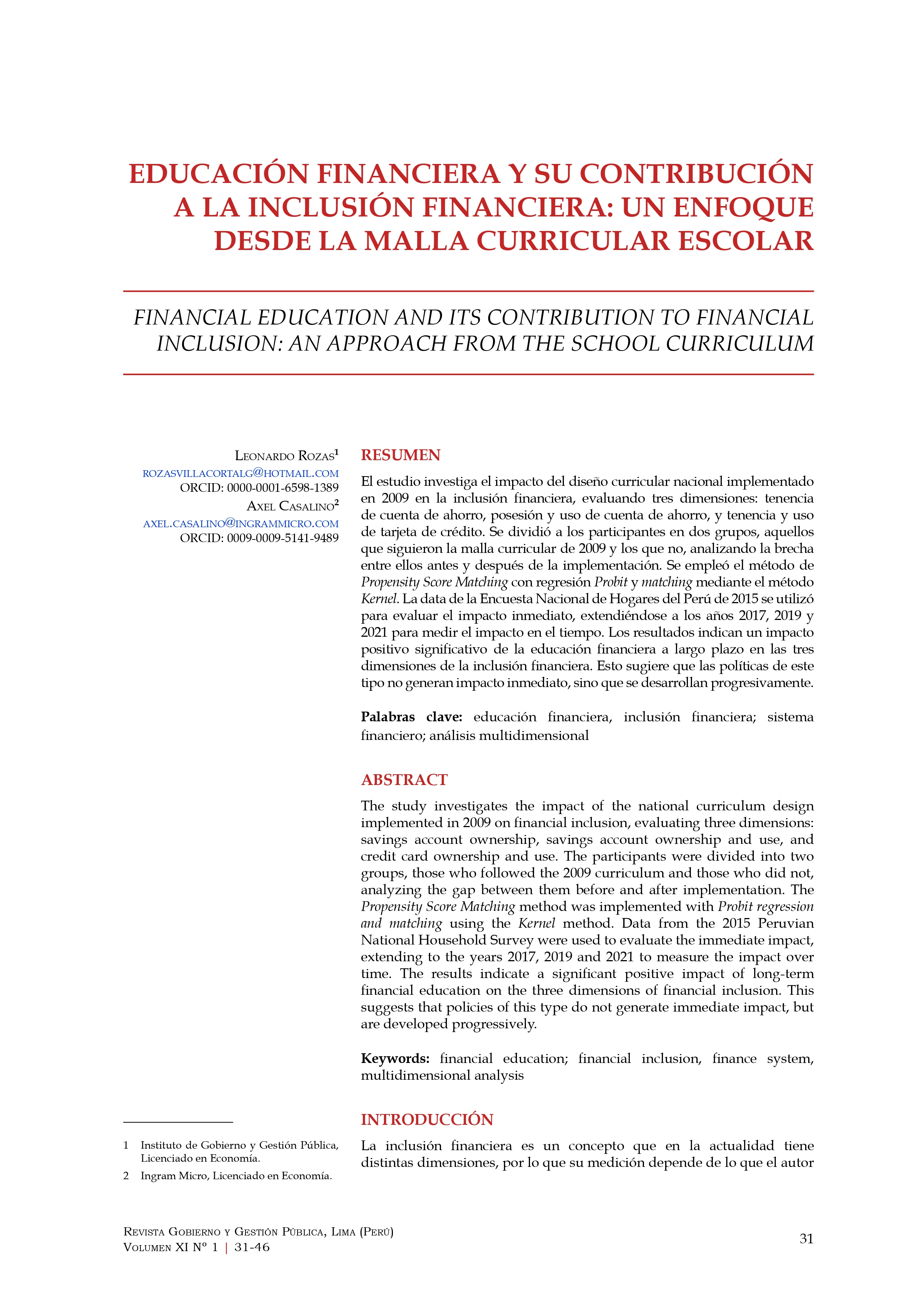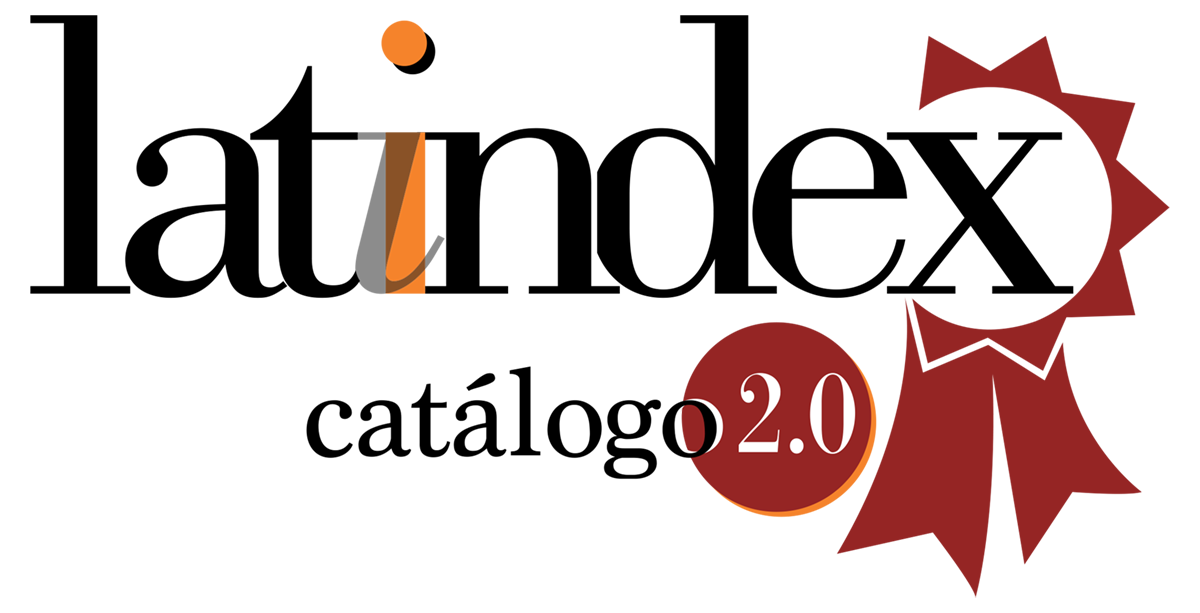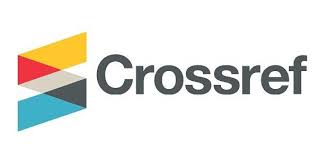Financial Education and its Contribution to Financial Inclusion: An Approach from the School Curriculum
DOI:
https://doi.org/10.24265/iggp.2024.v11n1.03Keywords:
financial education, financial inclusion, finance system, multidimensional analysisAbstract
The study investigates the impact of the National Curriculum Design implemented in 2009 on financial inclusion, evaluating three dimensions: savings account ownership, savings account ownership and use, and credit card ownership and use. The participants were divided into two groups, those who followed the 2009 curriculum and those who did not, analyzing the gap between them before and after implementation. The Propensity Score Matching method was implemented with Probit regression and matching using the Kernel method. Data from the 2015 Peruvian National Household Survey were used to evaluate the immediate impact, extending to the years 2017, 2019 and 2021 to measure the impact over time. The results indicate a significant positive impact of long-term financial education on the three dimensions of financial inclusion. This suggests that policies of this type do not generate immediate impact, but are developed progressively
Downloads
References
Andrei, T., Teodorescu, D., & Oancea, B. (2011). Characteristics and causes of school dropout in the countries of the European Union. Procedia - Social and Behavioral Sciences, 28, 328–332. https://doi.org/10.1016/j.sbspro.2011.11.062
Banco Mundial. (2022, 29 de marzo). Inclusión Financiera. Entendiendo La Pobreza. https://www.bancomundial.org/es/topic/financialinclusion/overview
Cámara, N., & Tuesta, D. (2014). Measuring Financial Inclusion: A Multidimensional Index (Working Paper, No 14/26). http://ssrn.com/abstract=2634616https://ssrn.com/abstract=2634616Electroniccopyavailableat:http://ssrn.com/abstract=2634616www.bbvaresearch.comElectroniccopyavailableat:https://ssrn.com/abstract=2634616
Carvallo, E., & Serebrisky, T. (2016). Ahorrar para Desarrollarse: Cómo America Latina y El Caribe puede ahorrar más y mejor.
Chen, Z., Ali, S., Lateef, M., Imran Khan, A., & Khalid Anser, M. (2023). The nexus between asymmetric financial inclusion and economic growth: Evidence from the top 10 financially inclusive economies. Borsa Istanbul Review, 23(2), 368–377. https://doi.org/10.1016/j.bir.2022.11.004
Comisión Económica para la América Latina. (2002). Panorama Social de América Latina: 2001-2002. Naciones Unidas.
Comisión Multisectorial de Inclusión Financiera. (2016). Plan Nacional de Educación Financiera.
Comisión Nacional Bancaria y de Valores. (2009). Informe Anual 2009.
Cotler, P., & Woodruff, C. (2008). The impact of short-term credit on microenterprises: Evidence from the Fincomun-Bimbo program in Mexico. Economic Development and Cultural Change, 56(4), 829–849. https://doi.org/10.1086/588169
Cueto, S. (2004). Factores Predictivos del Rendimiento Escolar, Deserción e Ingreso a Educación Secundaria en una Muestra de Estudiantes en Zonas Rurales en el Perú. Education Policy Analysis Archives, 12(35). http://www.doaj.org
Delavande, A., Rohwedder, S., & Michigan, R. W. (2008). Preparation for Retirement, Financial Literacy and Cognitive Resources (Paper No. 2008-190). http://www.mrrc.isr.umich.edu/
Demirgüç-Kunt, A., Klapper, L., Singer, D., & Ansar, S. (2022). The Global Findex Database 2021: Financial Inclusion, Digital Payments, and Resilience in the Age of COVID-19.
Denegri, M., Gempp, R., Valle, C. Del, Etchebarne, S., & González, Y. (2006). El aporte de la piscología educacional a las propuestas de educación económica: los temas claves. Revista de Psicología, 15(2), 77–94.
Congreso de la República del Perú. (2023). Ley N°31900 de 2023. Ley que declara de interés nacional la incorporación en el currículo nacional de la educación básica de contenidos curriculares de estudios sobre educación financiera y tributaria, contabilidad, economía y derechos del consumidor
Florian, S., & Mendiola, M. J. (2015). Perú: Indicadores de educación por departamentos, 2004 - 2014.
García, L. (2011). Econometría de evaluación de impacto. Economía, 35(67), 81–125.
Grifoni, A., & Messy, F.-A. (2012). Current Status of National Strategies for Financial Education: A Comparative Analysis and Relevant Practices Flore-Anne Messy. In OECD Working Papers on Finance, Insurance and Private Pensions (No. 16). https://doi.org/10.1787/5k9bcwct7xmn-en
Guevara, I. (2013). Educación superior e investigación para la competitividad productiva internacional. Revista Problemas Del Desarrollo, 172(44), 145–156.
Hua, X., Bi, J., & Shi, H. (2023). The appropriate level of financial inclusion: The perspective of financial stability. China Economic Quarterly International, 3(3), 167–178. https://doi.org/10.1016/j.ceqi.2023.08.001
Hui, B., Ma, W., & Hübner, N. (2023). Alternatives to traditional outcome modelling approaches in applied linguistics: A primer on propensity score matching. Research Methods in Applied Linguistics, 2(3), 100066. https://doi.org/10.1016/j.rmal.2023.100066
Iqbal, B. A., & Sami, S. (2017). Role of banks in financial inclusion in India. Contaduría y Administracion, 62(2), 644–656. https://doi.org/10.1016/j.cya.2017.01.007
Jappelli, T., & Padula, M. (2013). Investment in financial literacy and saving decisions. Journal of Banking and Finance, 37(8), 2779–2792. https://doi.org/10.1016/j.jbankfin.2013.03.019
Ministerio de Educación. (2008, 16 de diciembre). Resolución Ministerial N.° 0440-2008-ED. Resolución Ministerial N.° 0440-2008-ED. https://www.gob.pe/institucion/minedu/normas-legales/165905-0440-2008-ed
Olivera, M. J., Padilla Rodríguez, J. C., & Cárdenas Cañón, I. M. (2023). A propensity score matching analysis using statistical methods for estimating the impact of intervention: The cost of malaria and its impact on the health system. Healthcare Analytics, 4, 100246. https://doi.org/10.1016/j.health.2023.100246
Opletalová, A. (2015). Financial Education and Financial Literacy in the Czech Education System. Procedia - Social and Behavioral Sciences, 171, 1176–1184. https://doi.org/10.1016/j.sbspro.2015.01.229
Organización para la Cooperación y el Desarrollo Económicos. (2017). G20/OECD INFE Report Financial on Adult Financial Literacy in G20 Countries. www.financial-education.org
Reátegui, L. (2022). Pandemia y deserción escolar en la educación básica regular: Factores asociados y posibles efectos, 2017-2021.
Sotomayor, N., Talledo, J., & Wong, S. (2018). Determinantes de la inclusión financiera en el Perú: Evidencia Reciente (SBS-DT-001-2018).
Superintendencia de Banca, S. y A. (2023, 29 de octubre). Importancia de la Inclusión Financiera. Portal de Inclusión Financiera. https://www.sbs.gob.pe/inclusion-financiera/Inclusion-Financiera/Importancia
Urueña, S., Tovar, L. M., & Castillo, M. (2009). Determinantes del trabajo infantil y la escolaridad Determinantes del trabajo infantil y la escolaridad: el caso del Valle del Cauca en Colombia. Revista Latinoamericana de Ciencias Sociales, Niñez y Juventud, 7(2), 707–733. http://www.umanizales.edu.co/revistacinde/index.html

Downloads
Published
Issue
Section
License
Copyright (c) 2024 Leonardo Rozas Villacorta, Axel Casalino Proñao

This work is licensed under a Creative Commons Attribution-NonCommercial-ShareAlike 4.0 International License.














